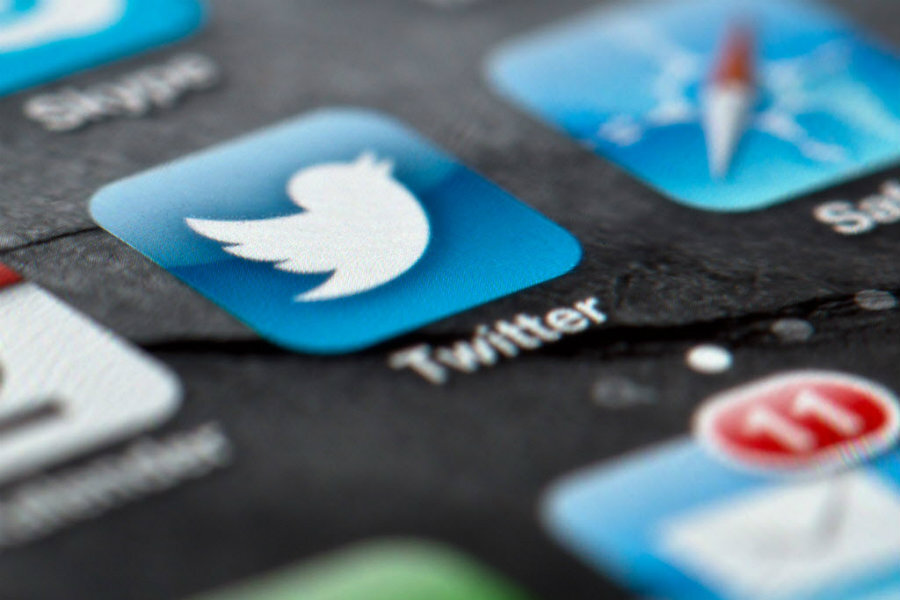Technology gave rise to cyberbullying. Can it also stop it?
Loading...
Twitter is stepping up against cyberbullying.
On Tuesday, the social network announced policy changes aimed at promoting safe discourse and interaction for users. The updates, which include a broader definition of violent content and an additional enforcement option against abusers, are the latest in efforts by social networks, tech companies, researchers, and others to put a stop to online abuse and harassment, often using the same kinds of innovations that gave cyberbullying room to grow in the first place.
These efforts provide further support to existing ways of preventing and punishing cyberbullying, including government intervention, school policies, and family monitoring and awareness.
“We believe that users must feel safe on Twitter in order to fully express themselves,” according to the social network’s blog. “[W]e need to ensure that voices are not silenced because people are afraid to speak up.”
Online harassment and cyberbullying have for years given parents, schools, and governments plenty of cause to search for solutions. On average, about a quarter of students surveyed between 2006 and 2014 had experienced cyberbullying – defined as willful and repeated harm via computers, cell phones, and other devices – at some point in their lives, according to the Cyberbullying Research Center.
The psychological impact can be devastating, and suicide is not unknown among young victims. For some victims, the damage to their sense of dignity and emotional well-being could persist for years.
“Victims experience lack of acceptance in their peer groups, which results in loneliness and social isolation,” according to a study in the BJPsych Bulletin. “The young person’s consequent social withdrawal is likely to lead to low self-esteem and depression. ...The effects of being bullied at school can persist into young adulthood.”
The first of Twitter’s updates changes the language of its violent threats policy, allowing the platform to intercede even when an abuser is vague about the kind of violence he or she is threatening or promoting. Previously, the policy required the aggressor to post specific threats before Twitter could respond.
Twitter staff will also start locking accounts they regard as abusive for set amounts of time. Users whose accounts have been locked may be required to verify their phone number and delete offensive content before being allowed back in.
“Twitter’s mission is to give everyone the power to create and share ideas and information instantly, without barriers,” Vijaya Gadde, Twitter’s general counsel, wrote last week in an op-ed for The Washington Post. “It is not our role to be any sort of arbiter of global speech. However, we will take a more active role in ensuring that differences of opinion do not cross the line into harassment.”
Other companies have been trying to innovate, as well. Facebook’s bullying prevention hub, done in partnership with the Yale Center for Emotional Intelligence, provides a space for teens, parents, and educators to discuss and address cyberbullying. The social network also has a team dedicated to promoting empathy and respect online, The New York Times reported last year.
In 2013, one New Jersey-based company created an app called STOPit, which lets kids anonymously report to preselected adults whenever they witness or experience abuse, whether online or off. Today, more than 83 school districts in 13 states use STOPit, according to NJ.com. The program has also ranked among CNN’s and The Washington Post’s top apps that make a difference.
Similar apps include Bully Block, which lets users record incidents of bullying as they happen, without the aggressor knowing; and BullyBox, which, like STOPit, lets users report anonymously and provides access to resources on bully prevention, counseling, and others.
How effective these new tools will be in curbing abuse and cyberbullying have yet to be determined. Challenges are bound to lie ahead, and mistakes will probably be made, Twitter’s Ms. Gadde said. But, she added, that should not stop anyone from trying.
“We know that our efforts to protect both the safety of our users and their right to express themselves freely will create tensions that can be difficult to resolve,” she wrote for the Post. “But those difficulties simply acknowledge the importance of those underlying values. These are tough issues that challenge Twitter and the Internet generally.”






